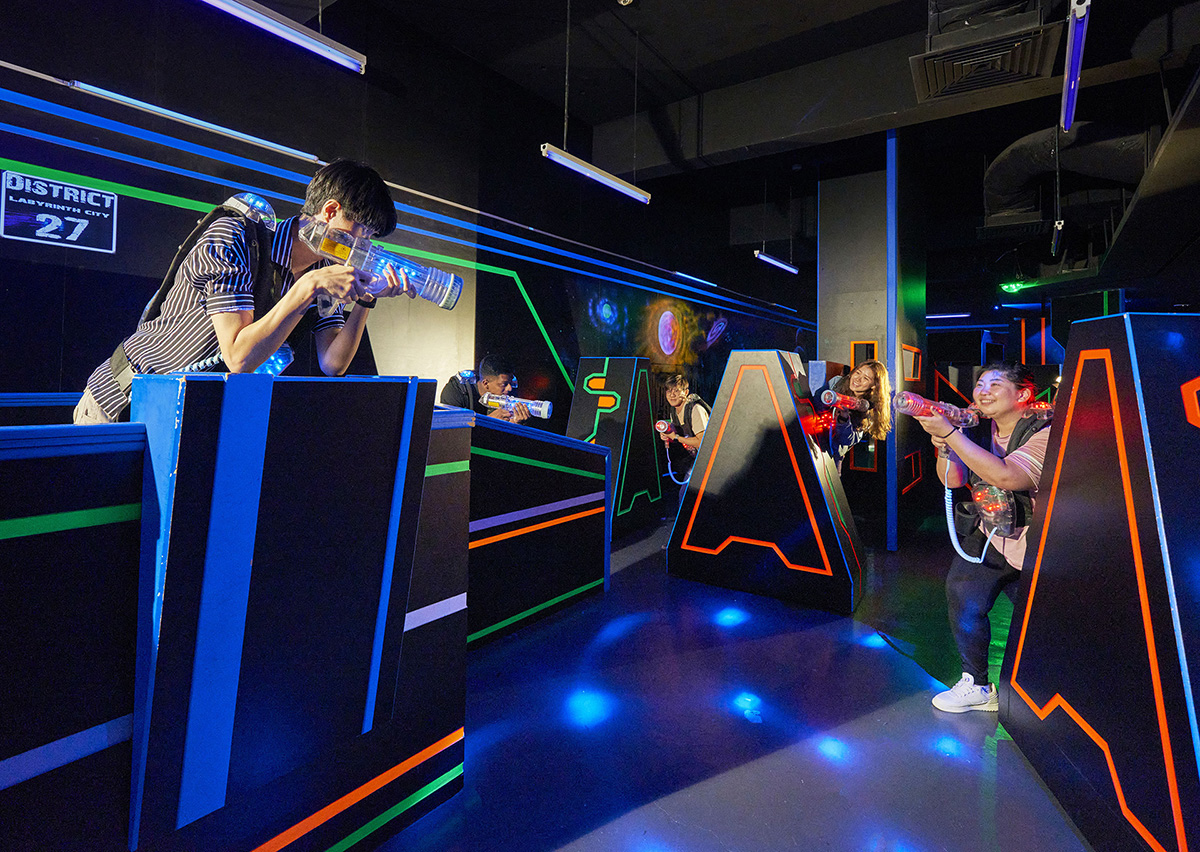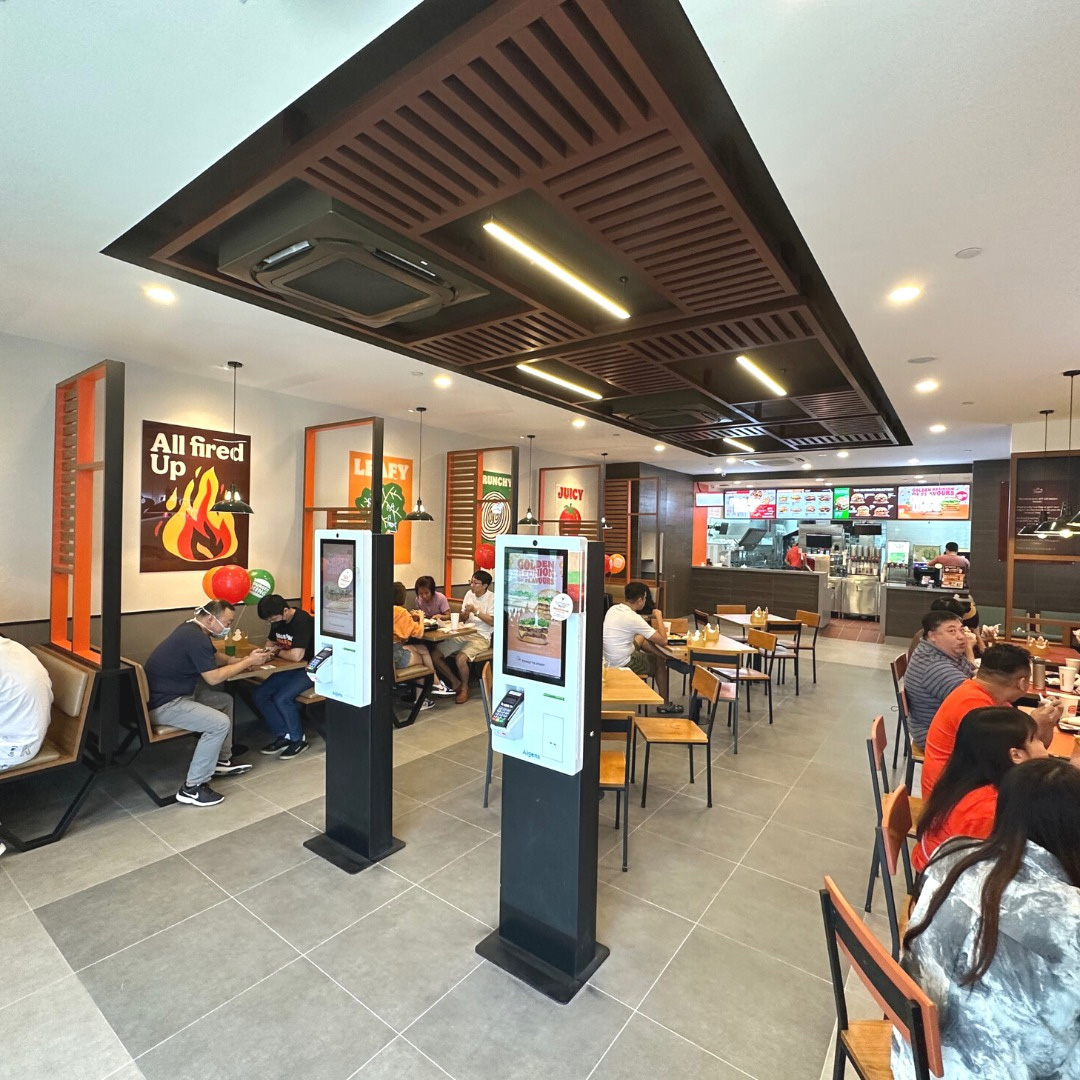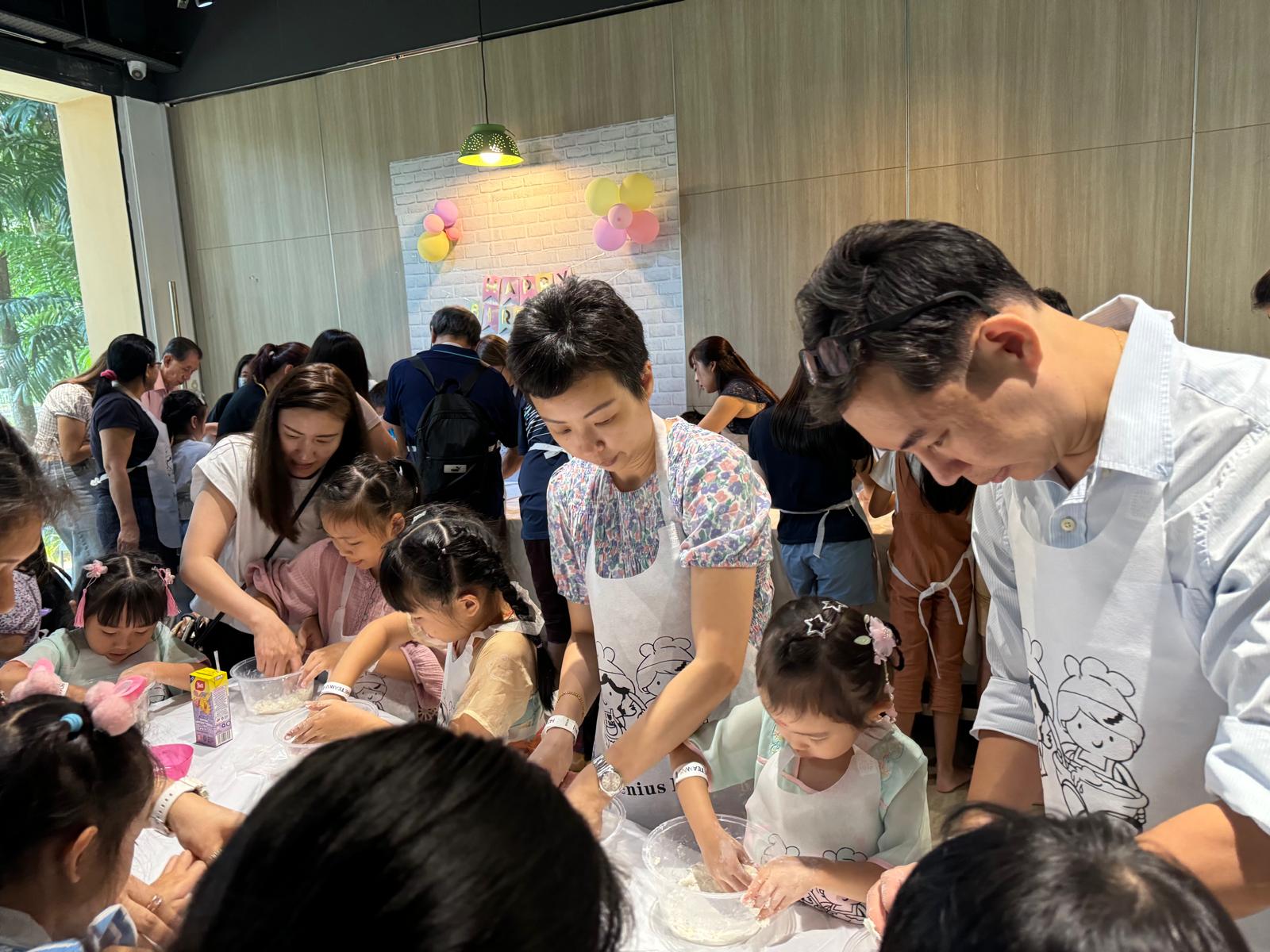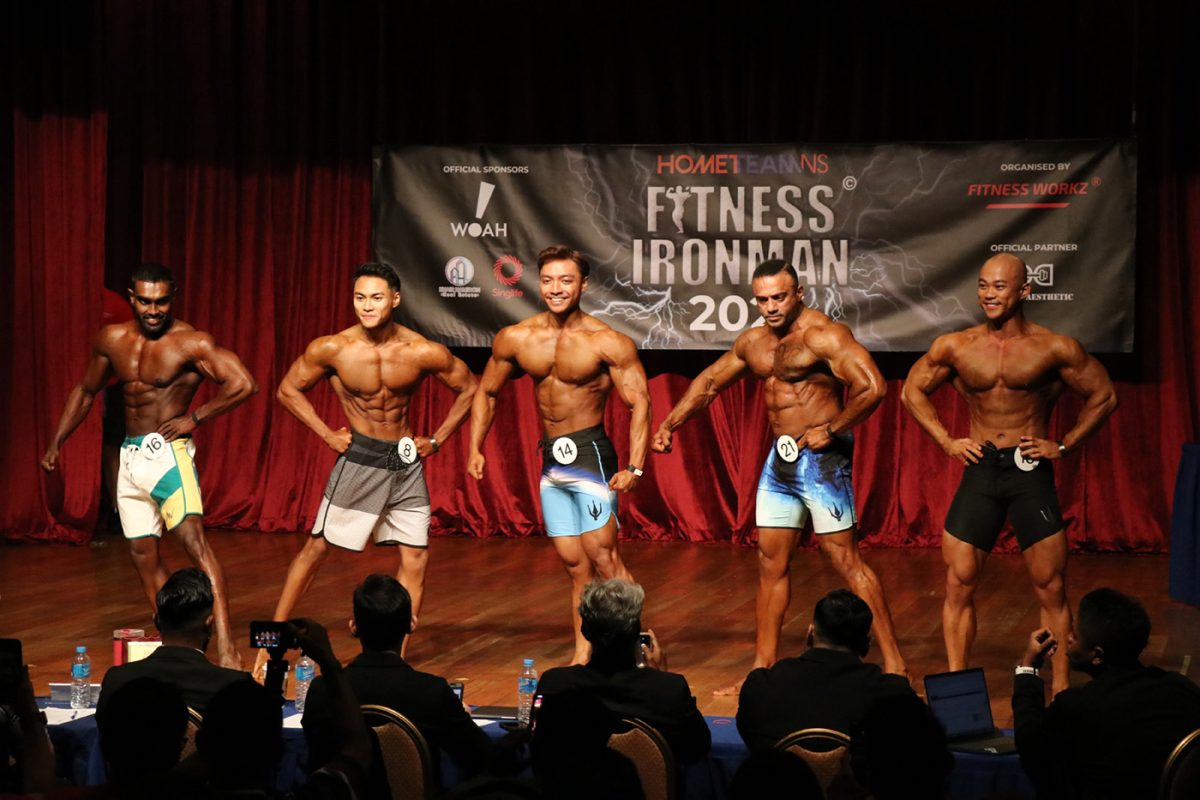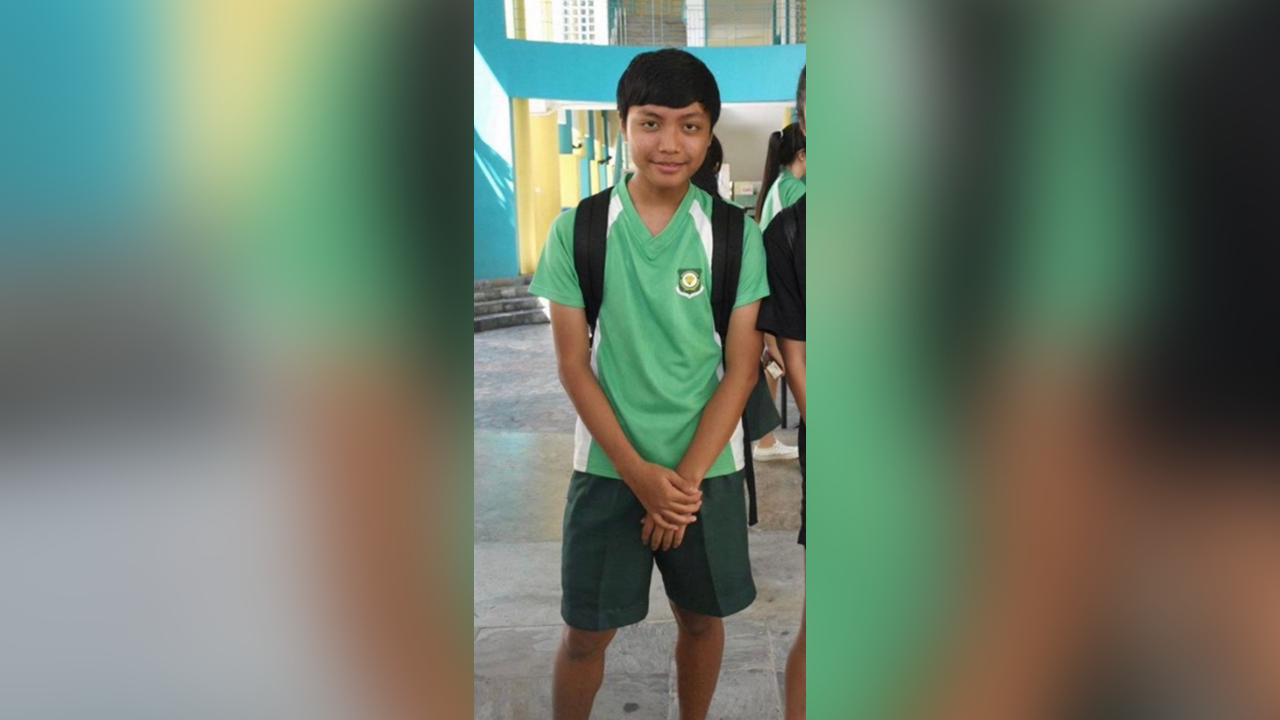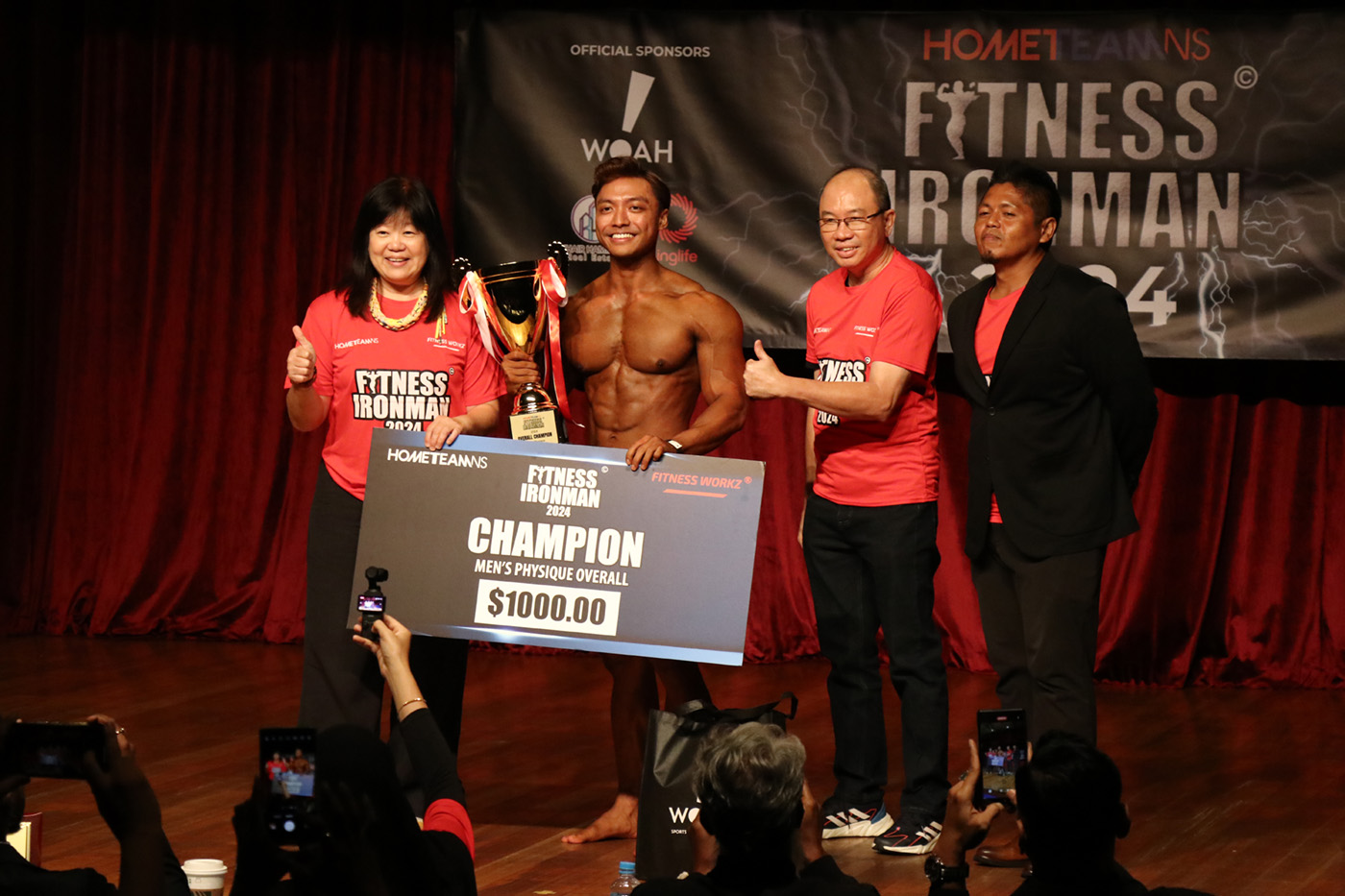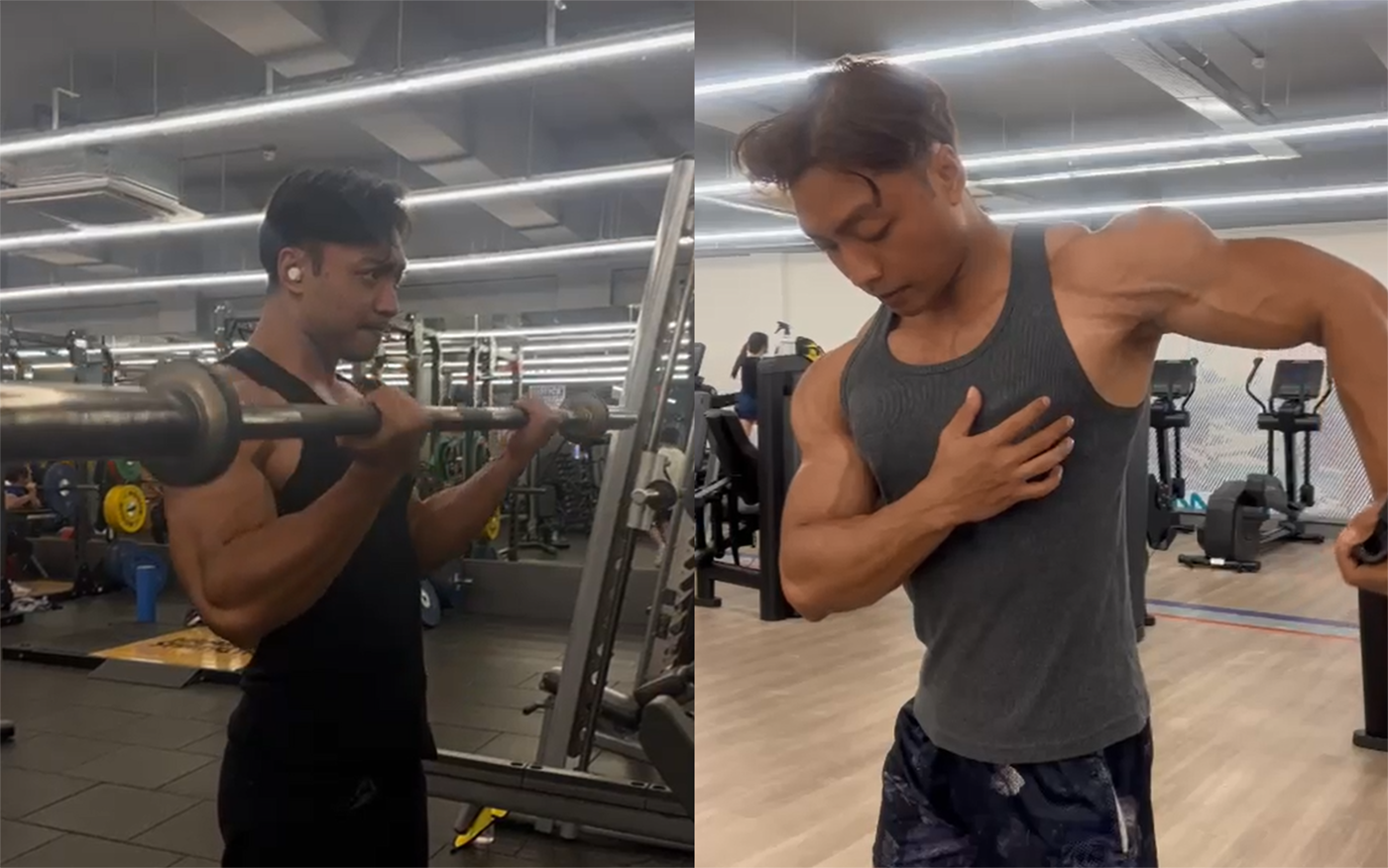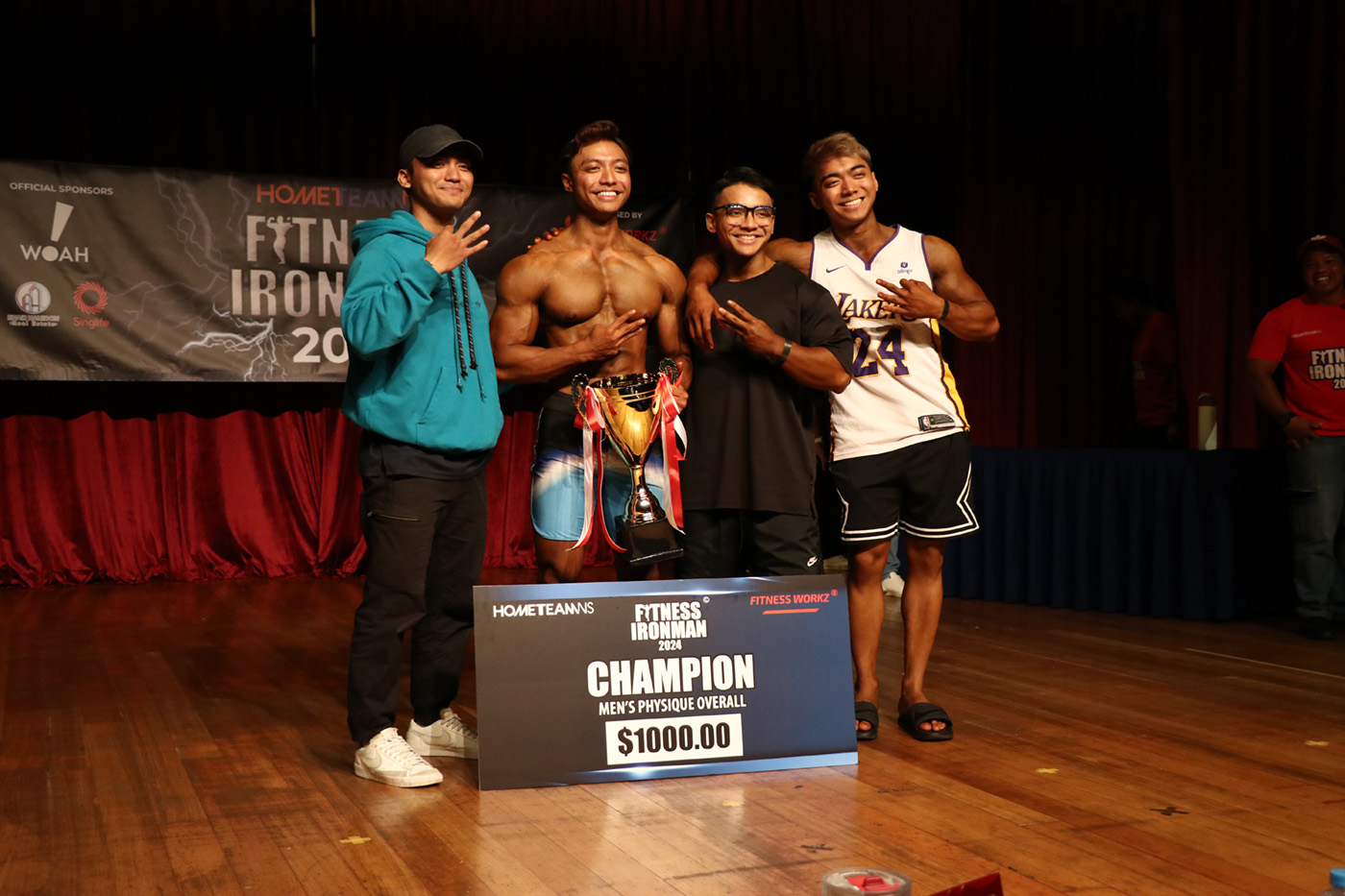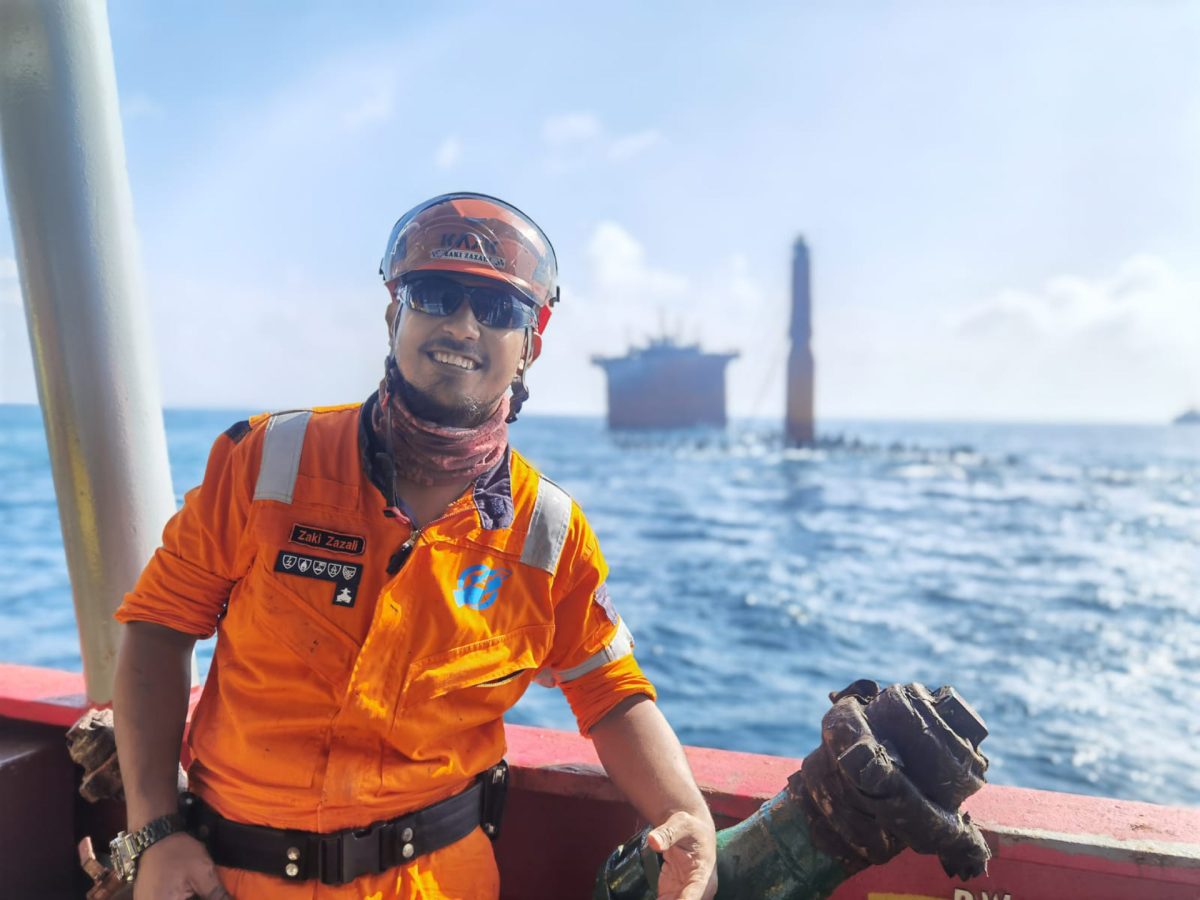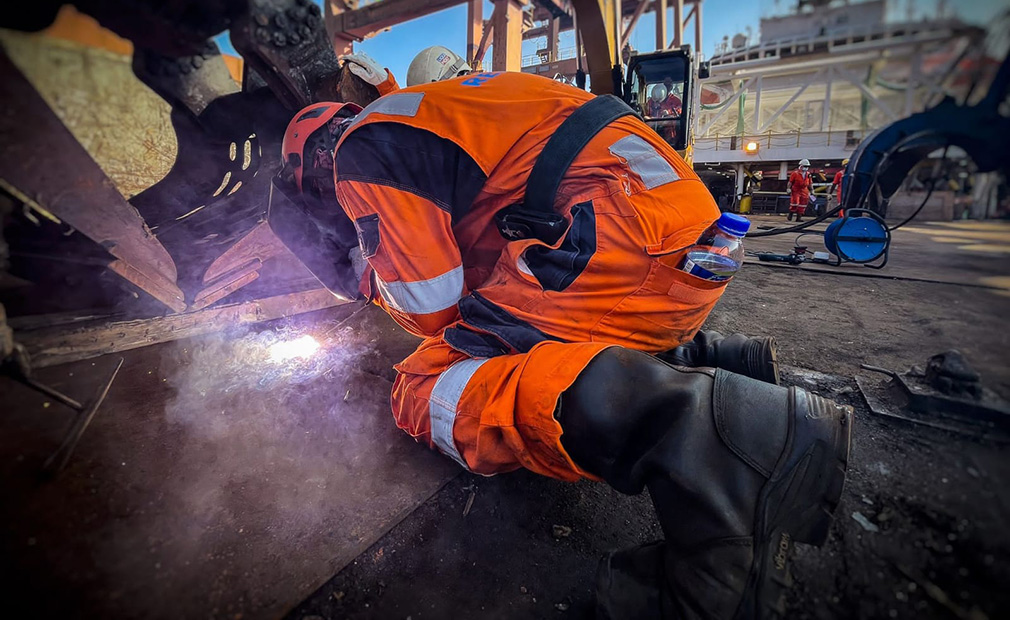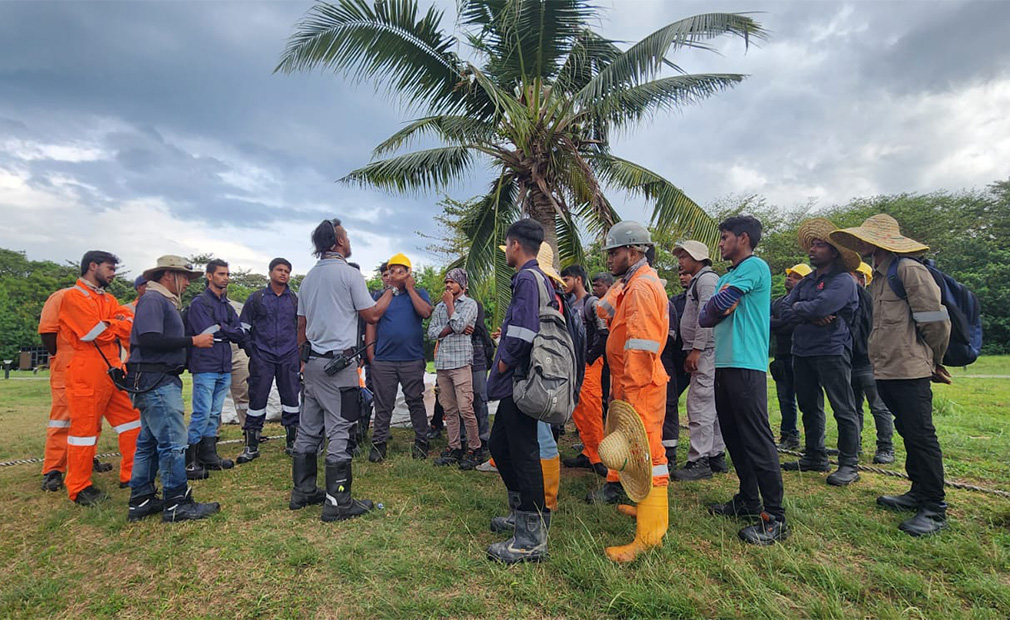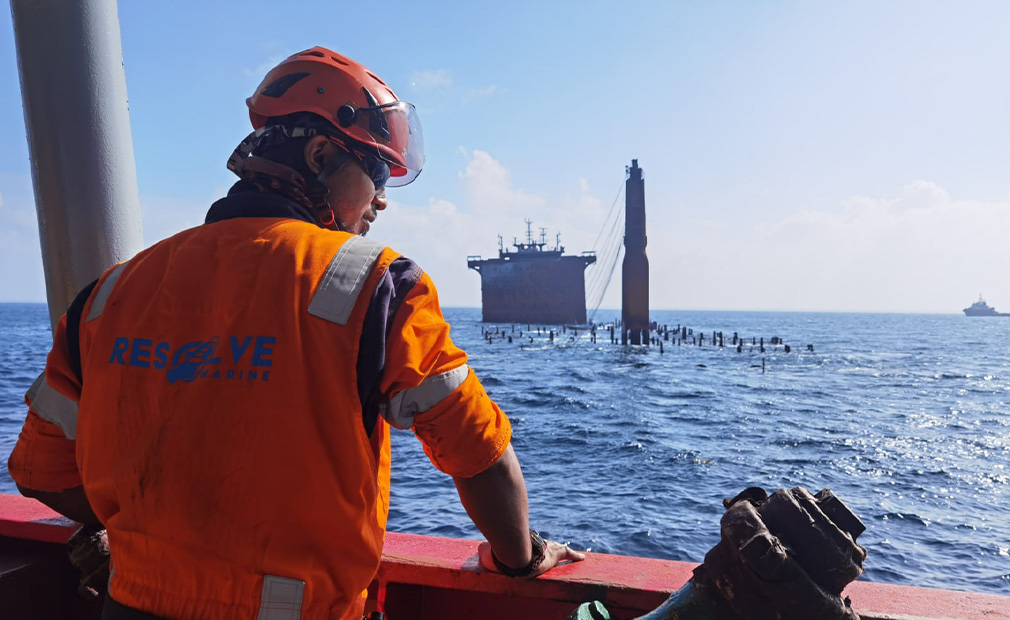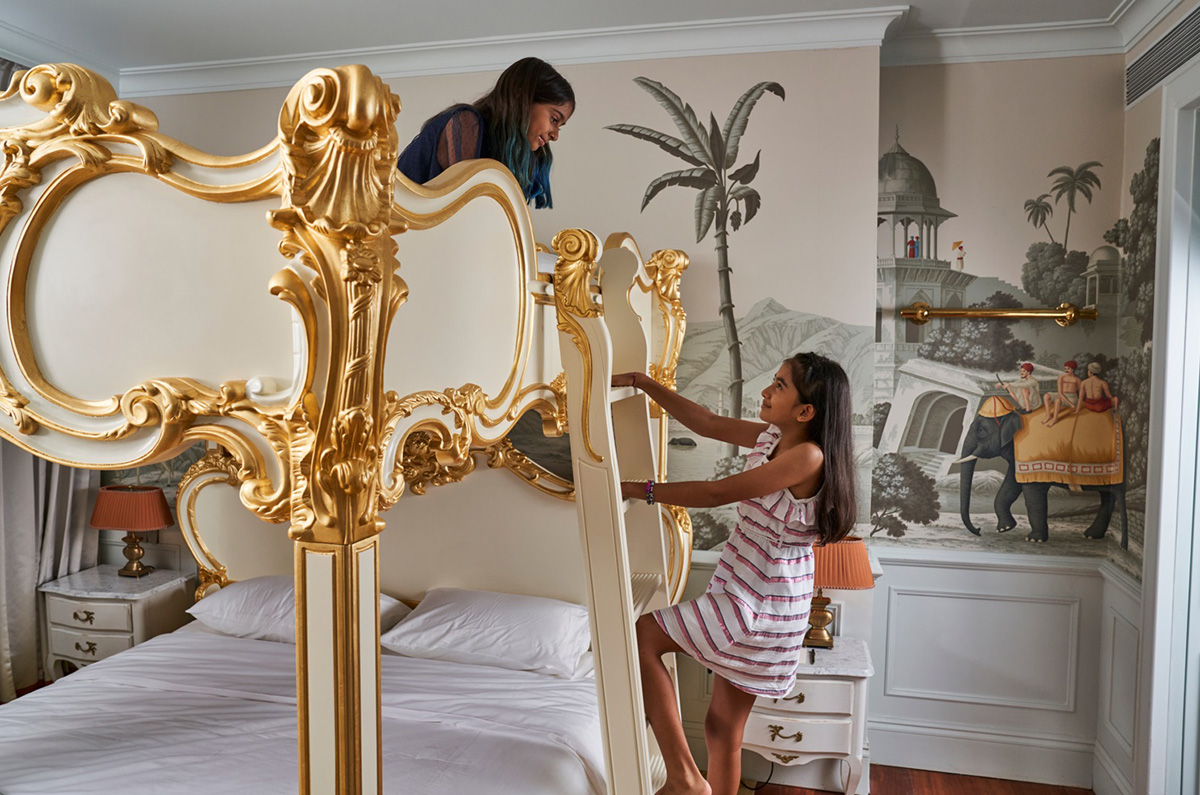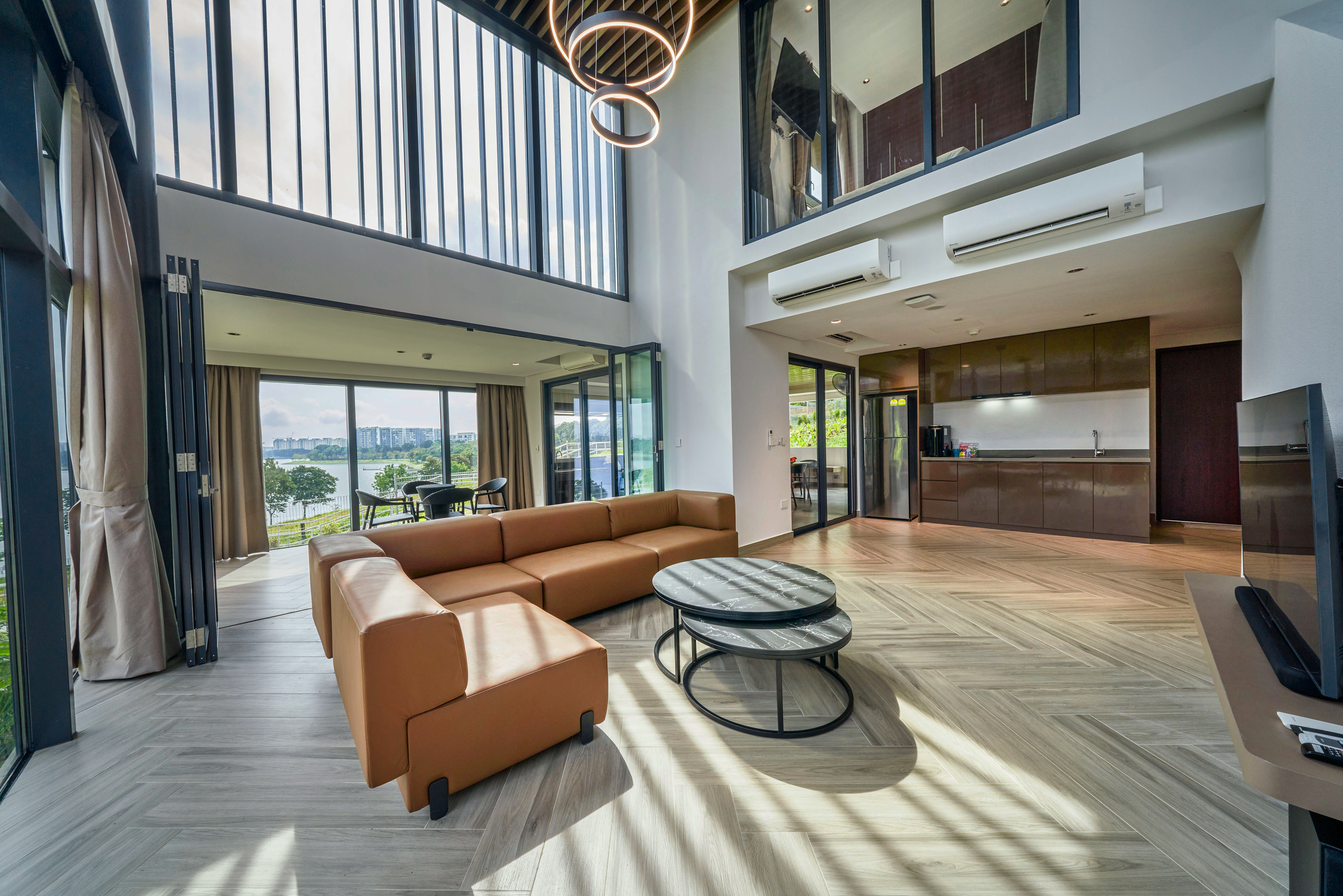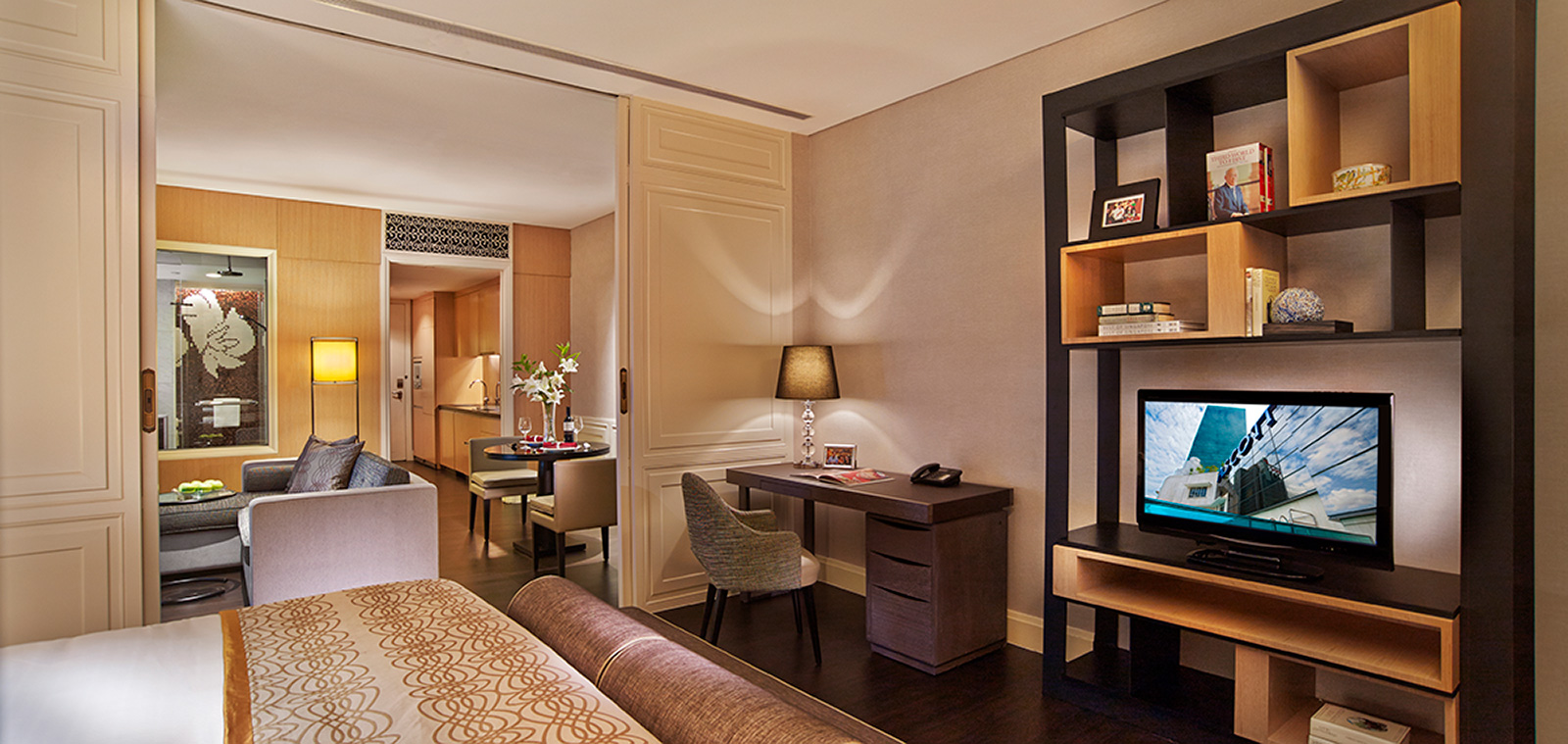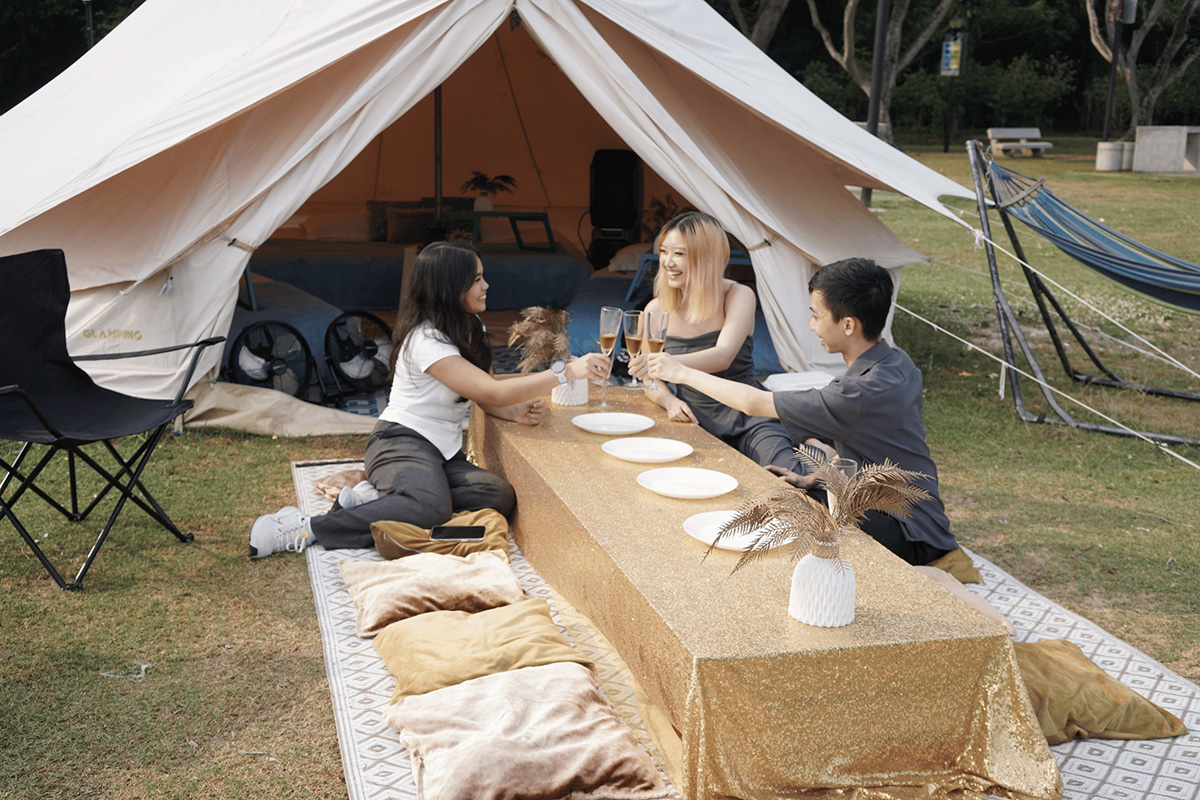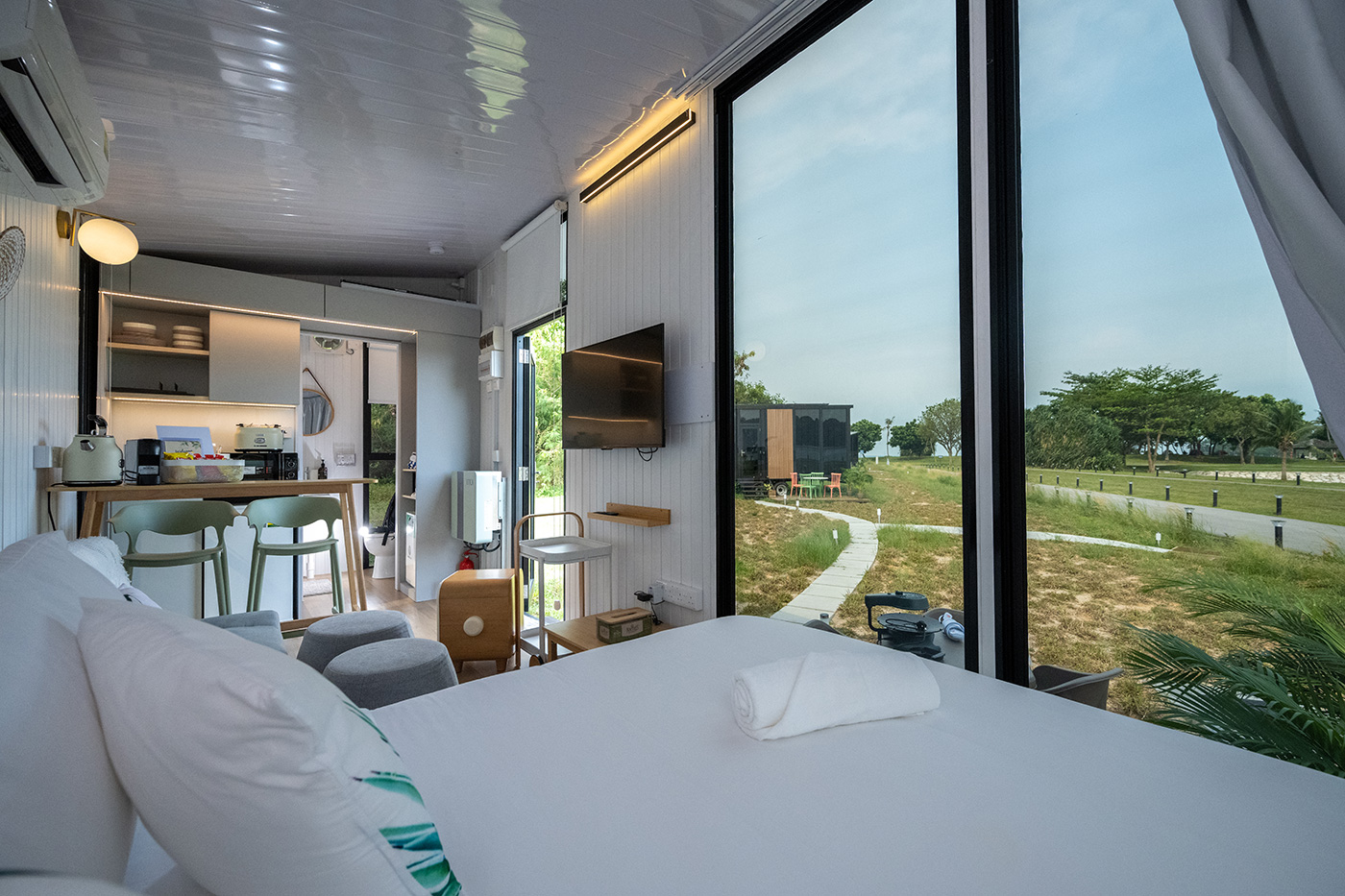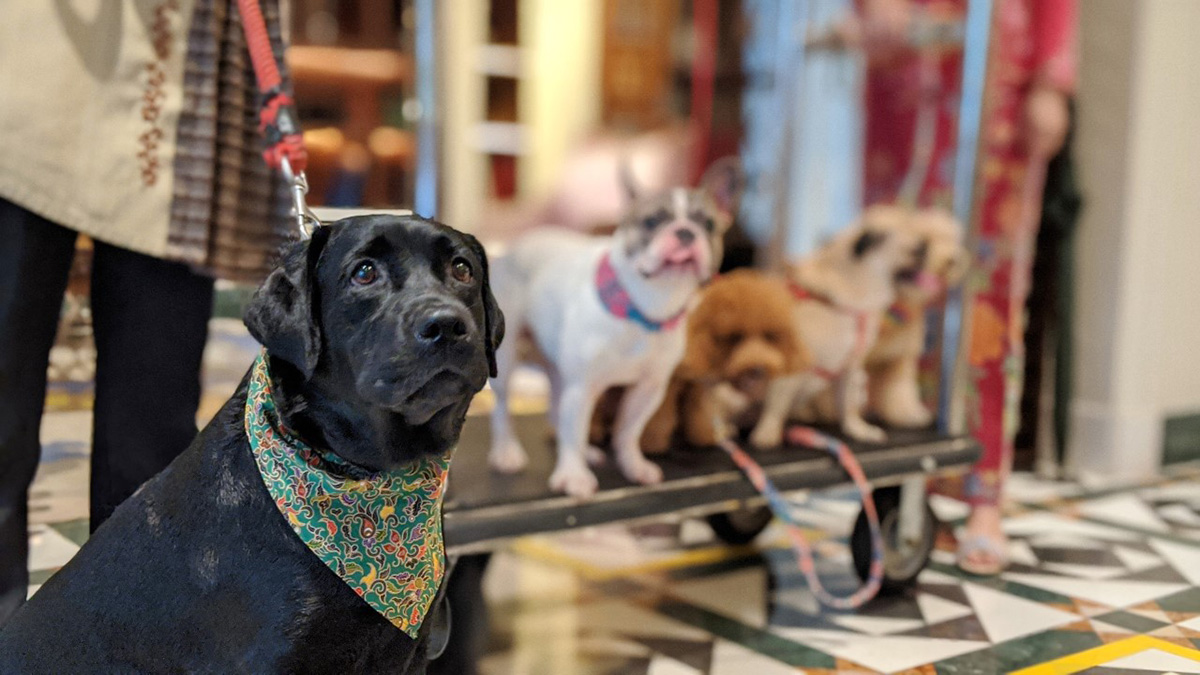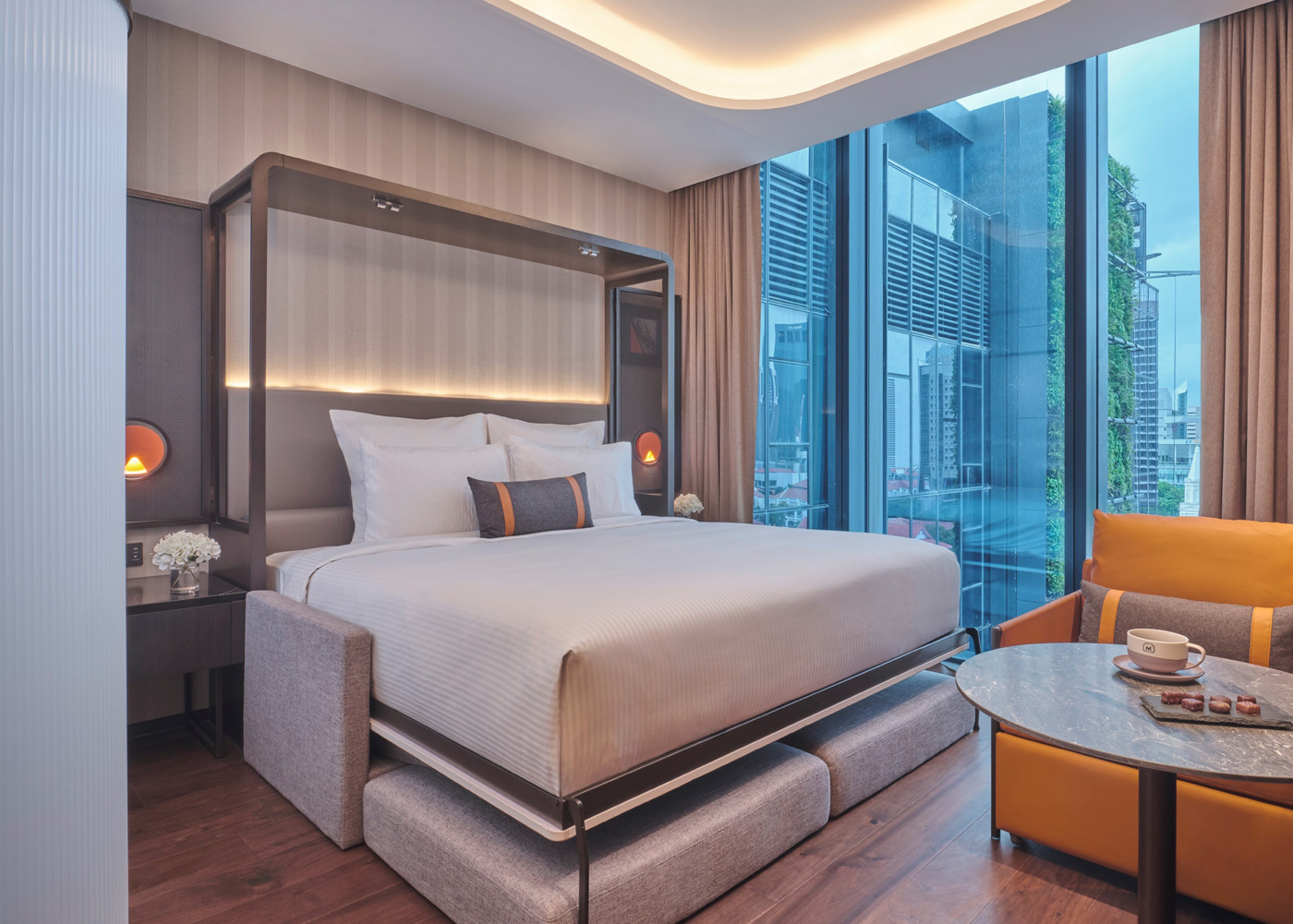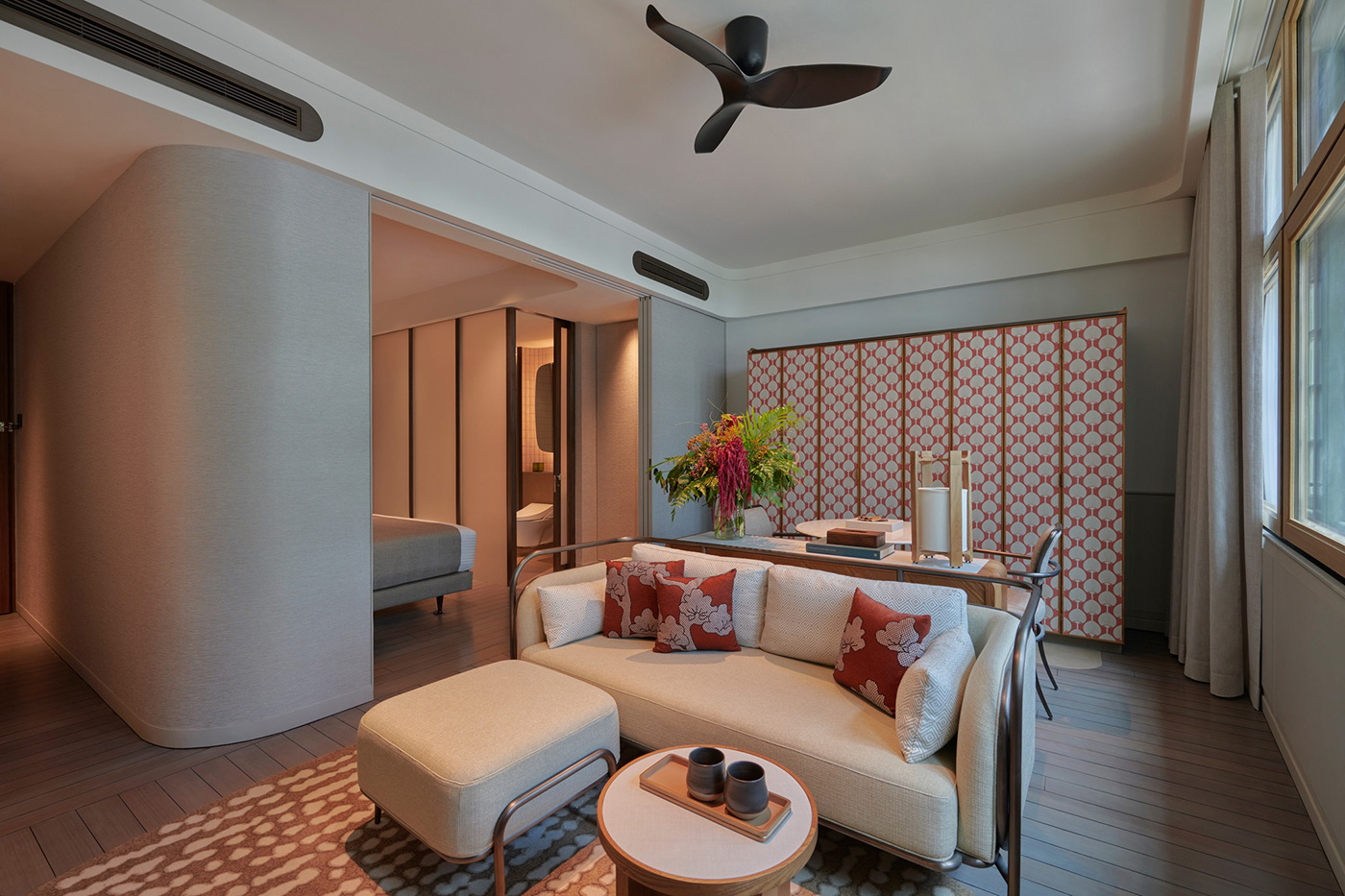From translation to navigation, these must-have travel apps will keep you organised, save you time, and enhance your holiday experience.
Once upon a time, we travelled with physical maps. Now, it’s hard to imagine navigating the world without the convenience of travel apps. From directions to translations, smartphone apps have made exploring easier than ever, helping travellers overcome language barriers and logistical challenges.
Beyond the basics, there are also apps tailored for specific travel needs. Need to split expenses with friends? Unsure what to pack? Want the best exchange rates? There’s an app to address each of those needs.
So, book your ticket, and start downloading these apps to ensure a smooth and well-deserved holiday.

BEFORE YOU GO
Most travellers like to plan ahead to maximise their holiday time. Start with Tripit or Tripcase to build an organised itinerary, saving essential details like flights and accommodation bookings.
Tripcase collects data from forwarded emails, while Tripit offers an automated option that scans your inbox. Both are free and let you edit and expand your itinerary as needed, creating a handy reference on the go.
Another essential app is PackPoint. Packing may seem straightforward, but it can get tricky depending on your destination, activities, and season. PackPoint helps you avoid overpacking — or forgetting essentials — by generating a customised list based on your location, dates, and planned activities.

CREATING THE PERFECT ITINERARY
With your basics covered, it’s time to plan your activities. Klook, Viator, and Pelago are excellent choices for exploring destinations in Asia, offering convenient booking options for local attractions. For trips outside Asia, check out GetYourGuide, which includes discounts and perks you might miss with direct booking.
Unsure about a place or activity? TripAdvisor provides reviews from travellers worldwide, helping you gauge the quality of hotels, eateries, and attractions. Just be sure to look for detailed reviews over sensational ones for more reliable insights.
For travel inspiration, social media platforms like TikTok and Instagram are invaluable, especially with visual recommendations. For Chinese-speakers or those travelling to China, Xiaohongshu is an essential go-to for travel tips.

GETTING AROUND
Whether you’re exploring a bustling city or a remote area, a navigation app is essential. Google Maps remains a favourite, offering features like live traffic updates and street views to help you navigate.
In South Korea, locals rely on Kakao Map or Naver Map for the most accurate information. For China, consider Baidu or Gaodeditu, while Apple Maps can be helpful for non-Chinese speakers.
For additional transport support, Citymapper and Rome2Rio cover major cities, offering options across various transport modes. Ride-hailing apps like Grab and Uber are dependable, but you can also try local options like Gojek or Bolt. In Vietnam, Xanh SM uses electric vehicles and can be a cheaper choice.

BREAKING DOWN LANGUAGE BARRIERS
Translation apps have been game-changers for international travel. Google Translate is one of the best free options, with a camera function for scanning labels, menus, and signs. For optimal accuracy, capture the entire label rather than close-ups.
In certain countries, local apps may offer better speech translation options. For example, in East Asian countries, local apps like Papago (South Korea) and Baidu Translate (China) often work better for regional dialects and nuances.

STAYING CONNECTED
Staying in touch with family, friends, or tour operators abroad is crucial. WhatsApp, Telegram, WeChat, and Line are widely used, though regional preferences vary. In South Korea, KakaoTalk is essential to access promotions and reservations, while WeChat is a must in China, even for payments. Viber is popular in parts of Europe, and Zalo is widely used in Vietnam.
If your mobile provider lacks a travel-friendly data plan, consider eSIM apps. Airalo and Flexiroam offer package options, while Roamless lets you pay by usage.

ADDITIONAL TRAVEL HELPERS
With the essentials covered, here are a few more apps to make your travels even smoother:
- XE Currency and Oanda: Track currency exchange rates to make informed purchases.
- Splitwise: Perfect for group travel, allowing easy bill splitting and payment tracking.
- YouTrip, Revolut, Wise: These offer favorable exchange rates and easy card payments abroad, often with lower withdrawal fees.
- Rain Rain, MyNoise: Need to tune out background noise? These white noise apps are lifesavers.
- OpenTable: Reserve tables at popular restaurants with ease.
- LoungeBuddy, Priority Pass: Find and access lounges for added comfort during long layovers.
- HappyCow: Locate vegan and vegetarian dining options wherever you are.
- Radical Storage: Securely store your luggage if your hotel or Airbnb lacks storage facilities.
With these travel apps in your pocket, you’re all set for a seamless and enjoyable adventure. Safe travels and happy exploring!
Like our stories? Subscribe to our Frontline Digital newsletters now! Simply download the HomeTeamNS Mobile App and update your communication preference to ‘Receive Digital Frontline Magazine’, through the App Settings.



